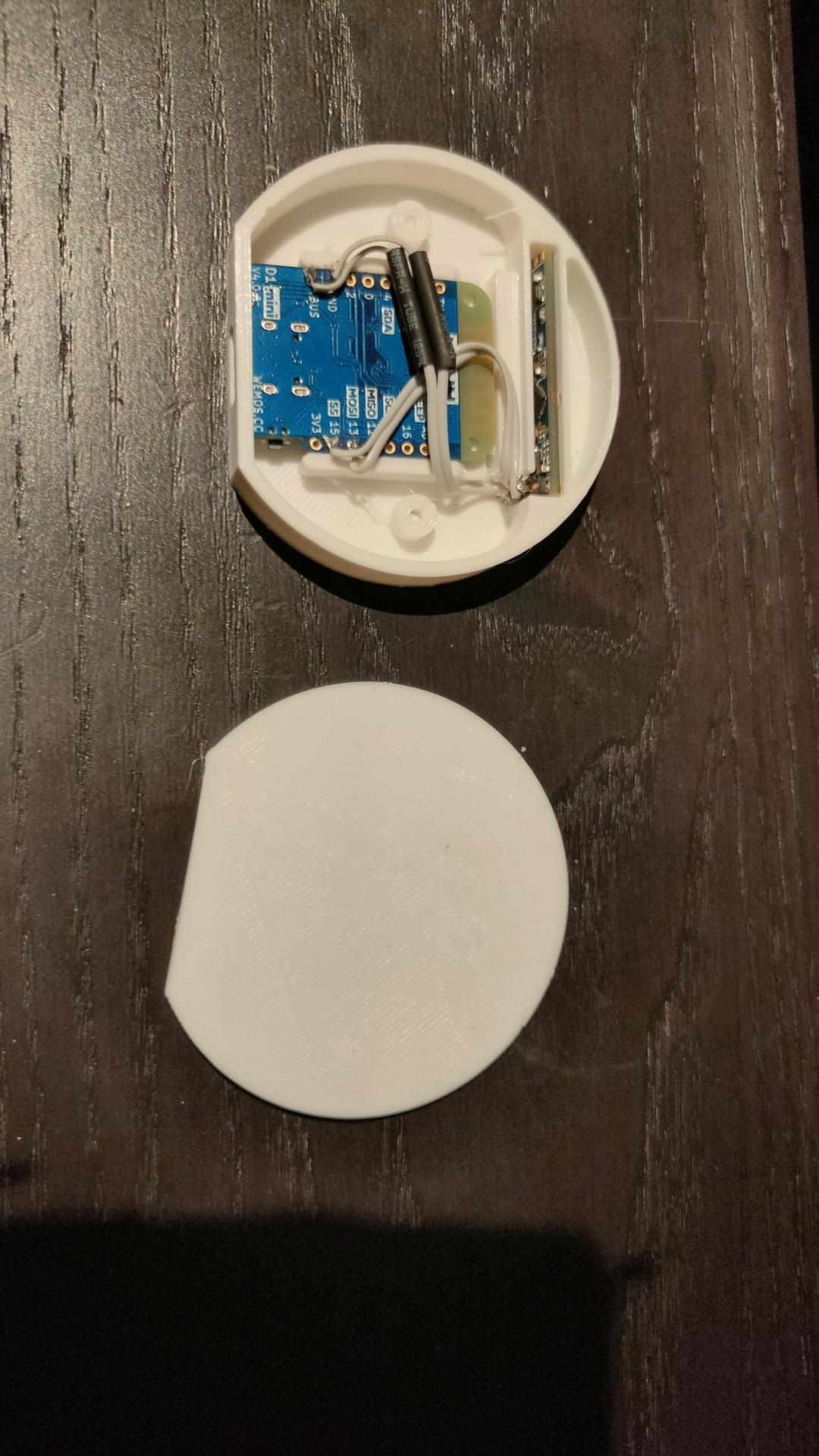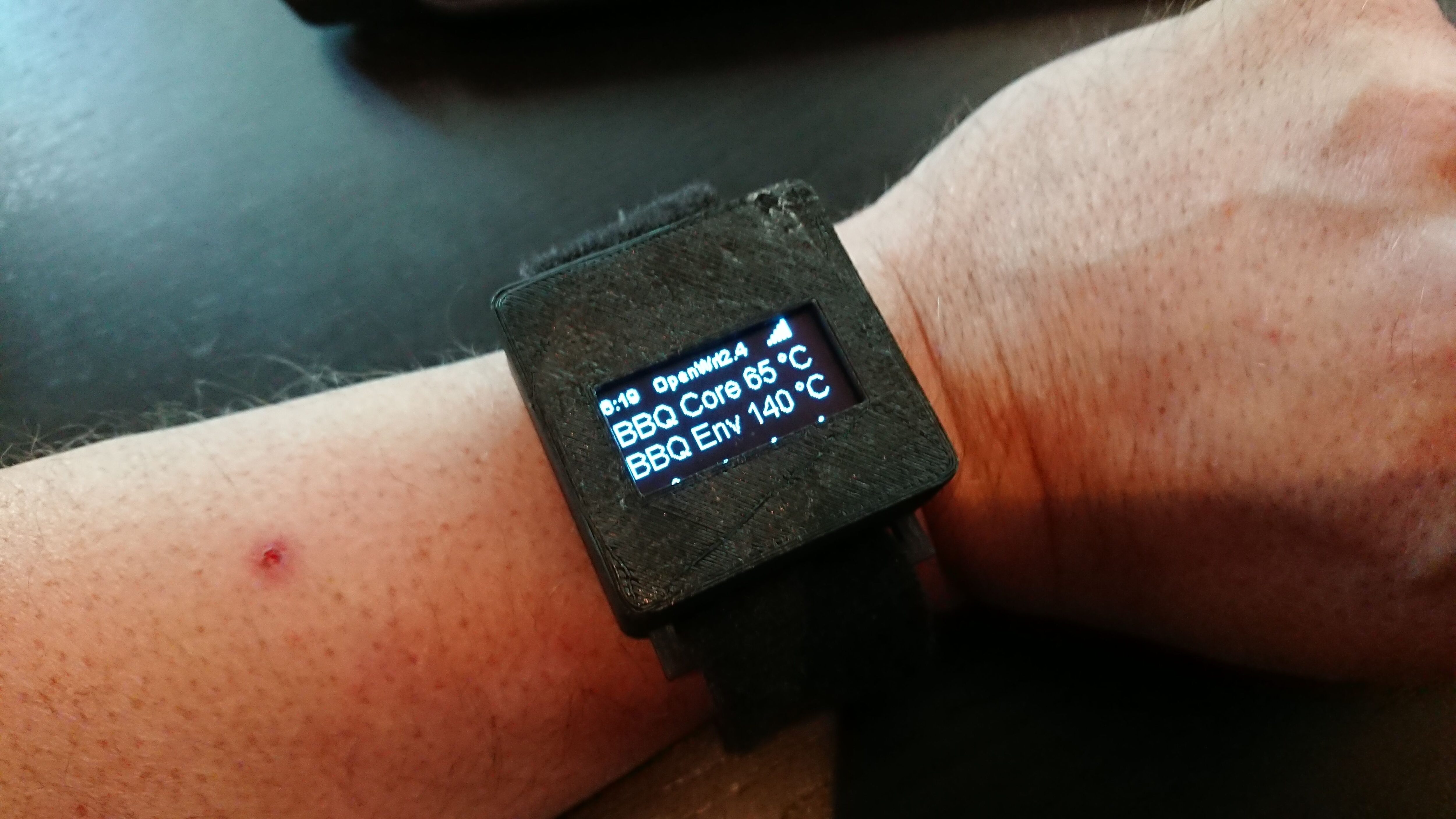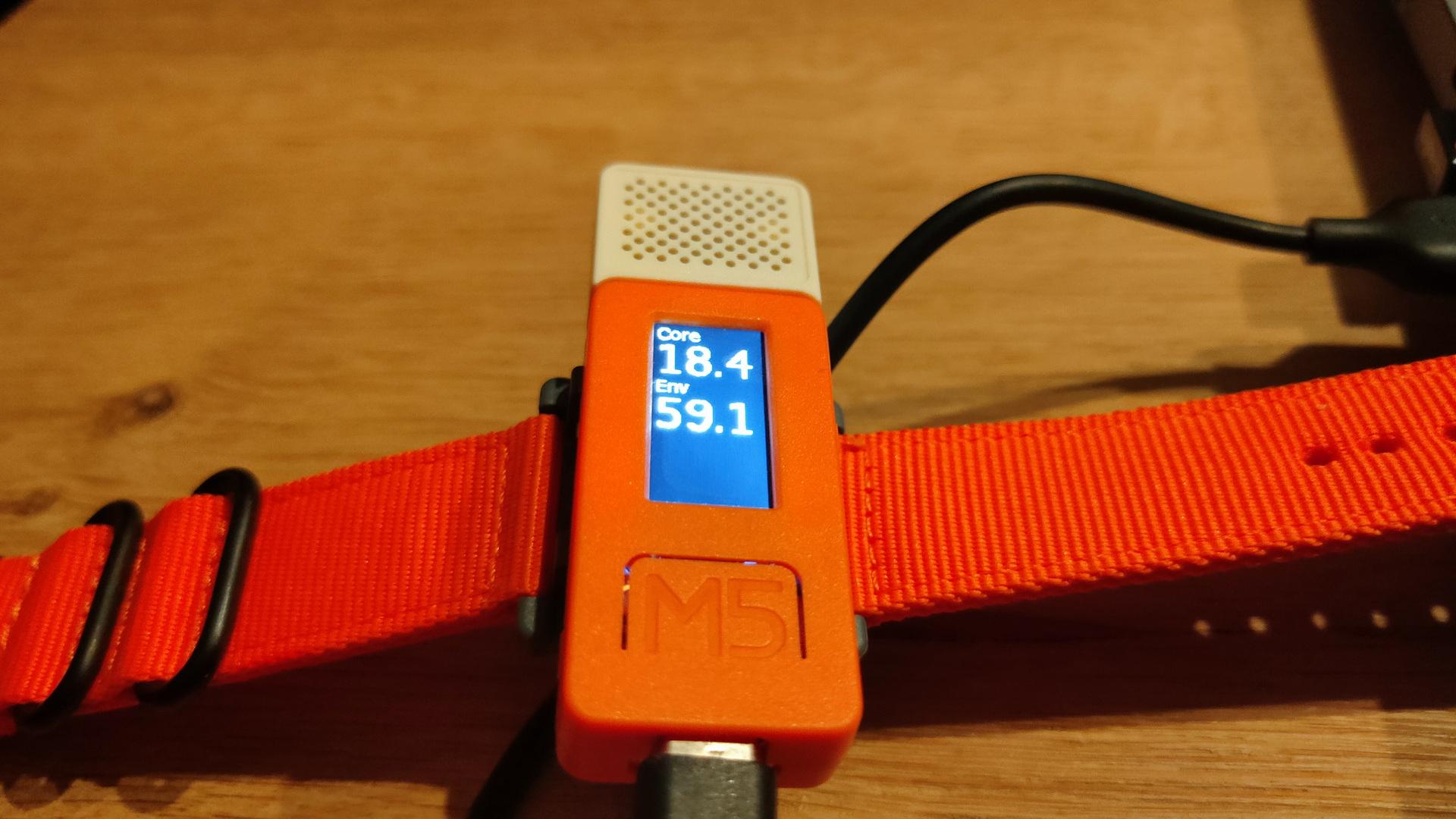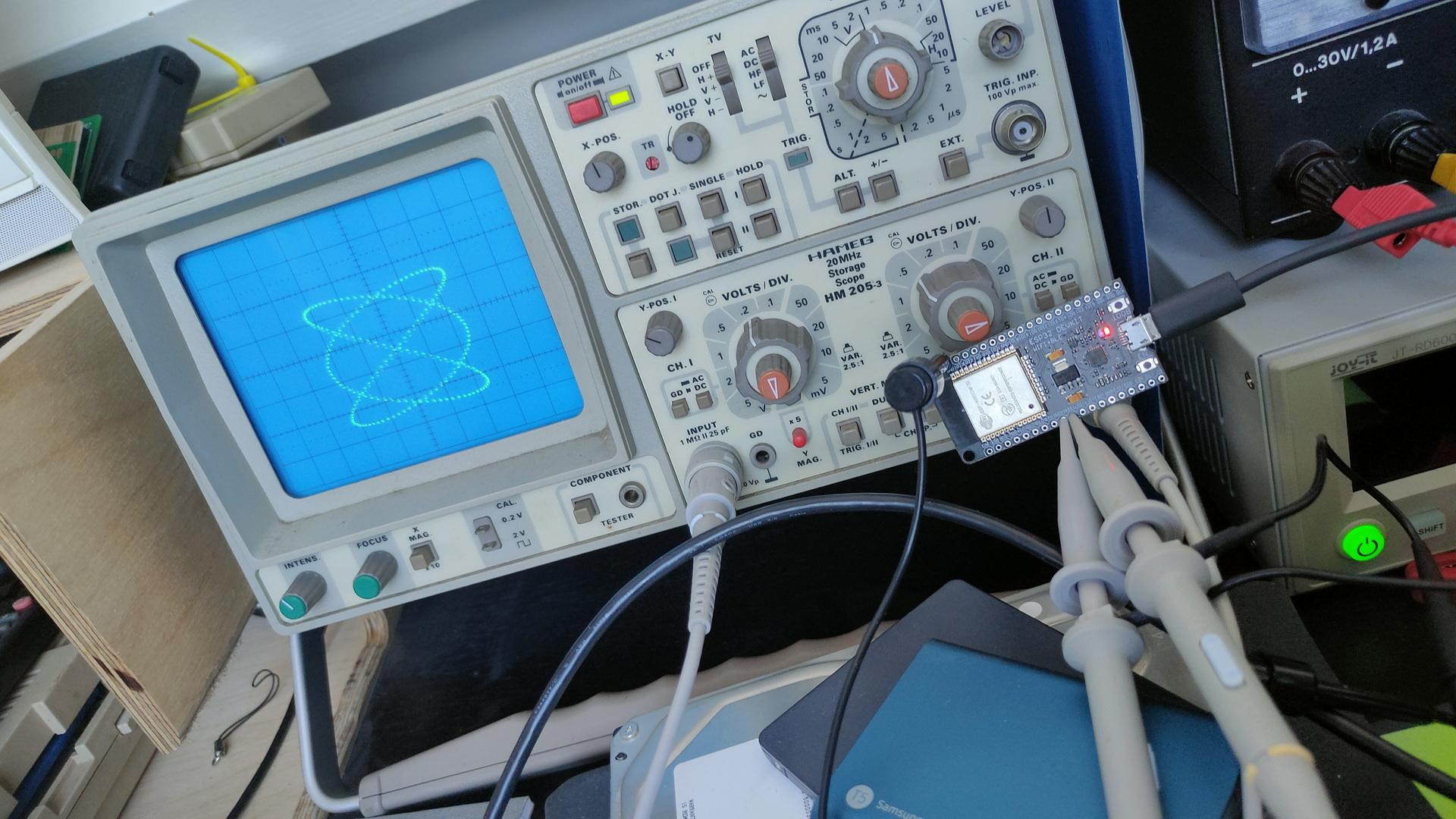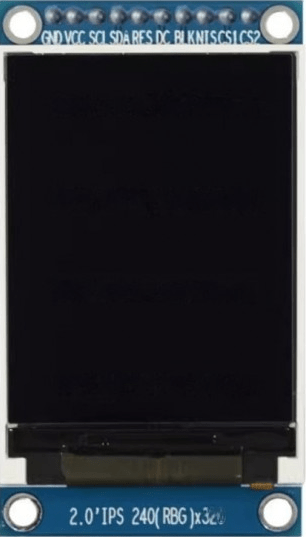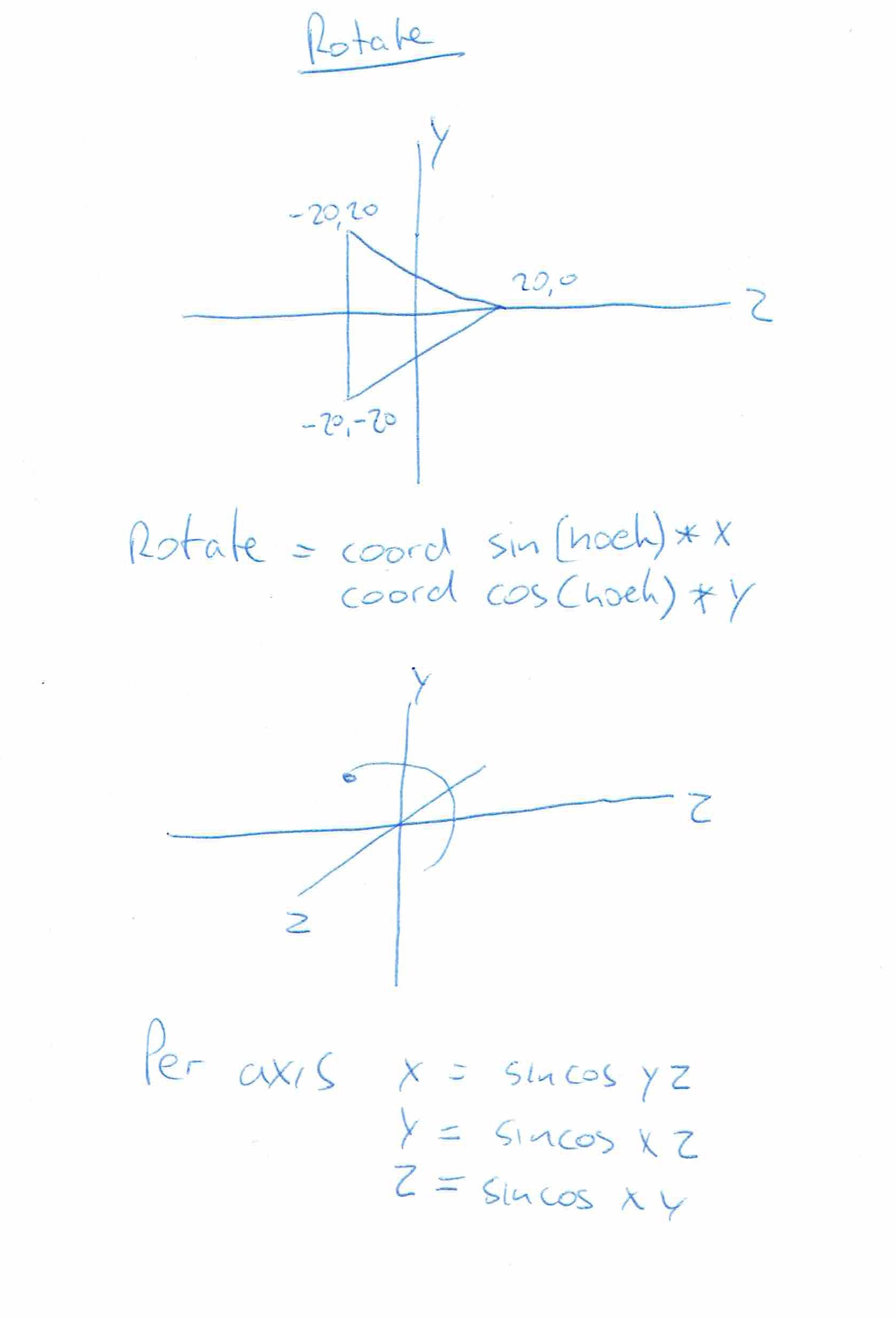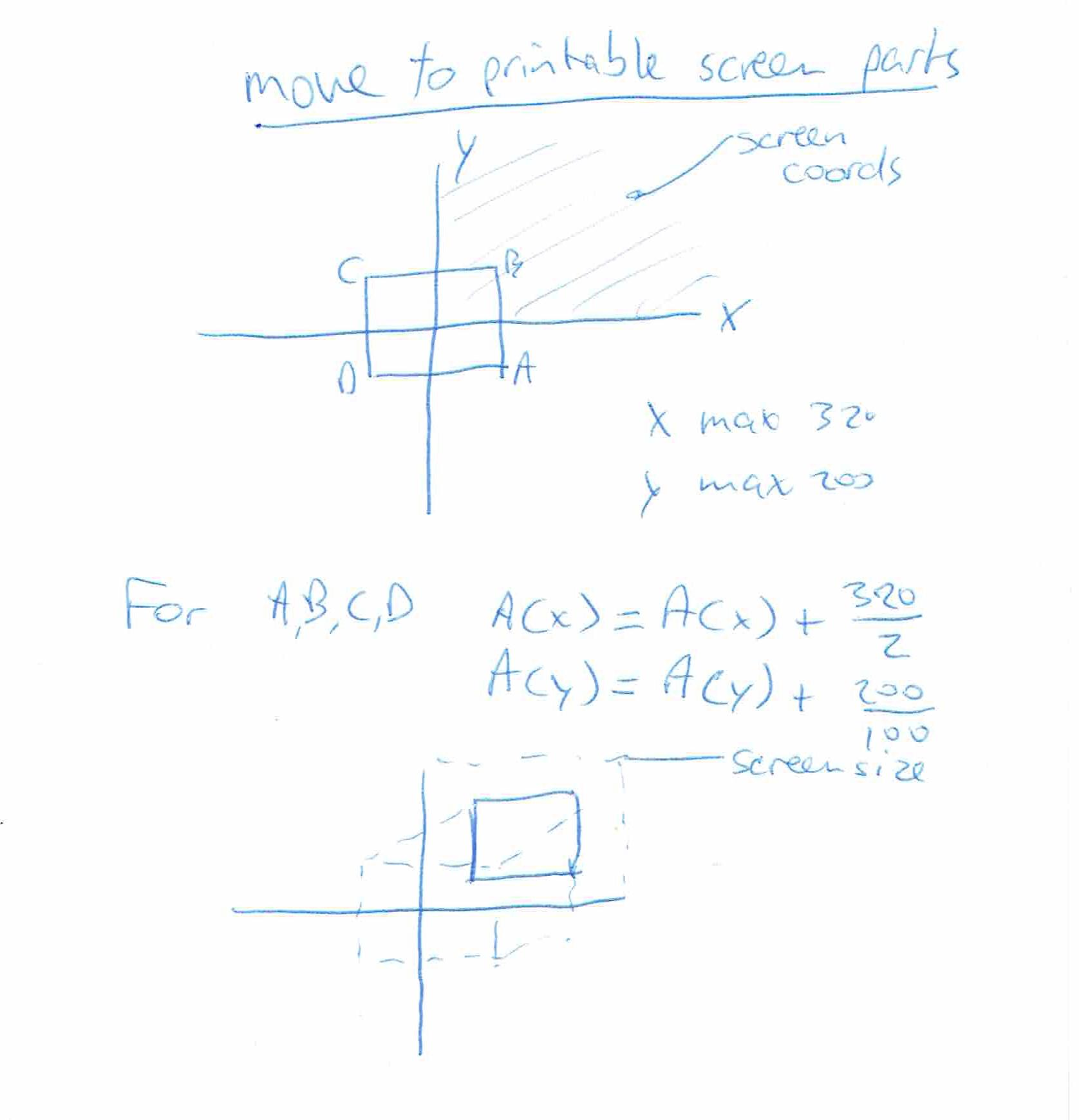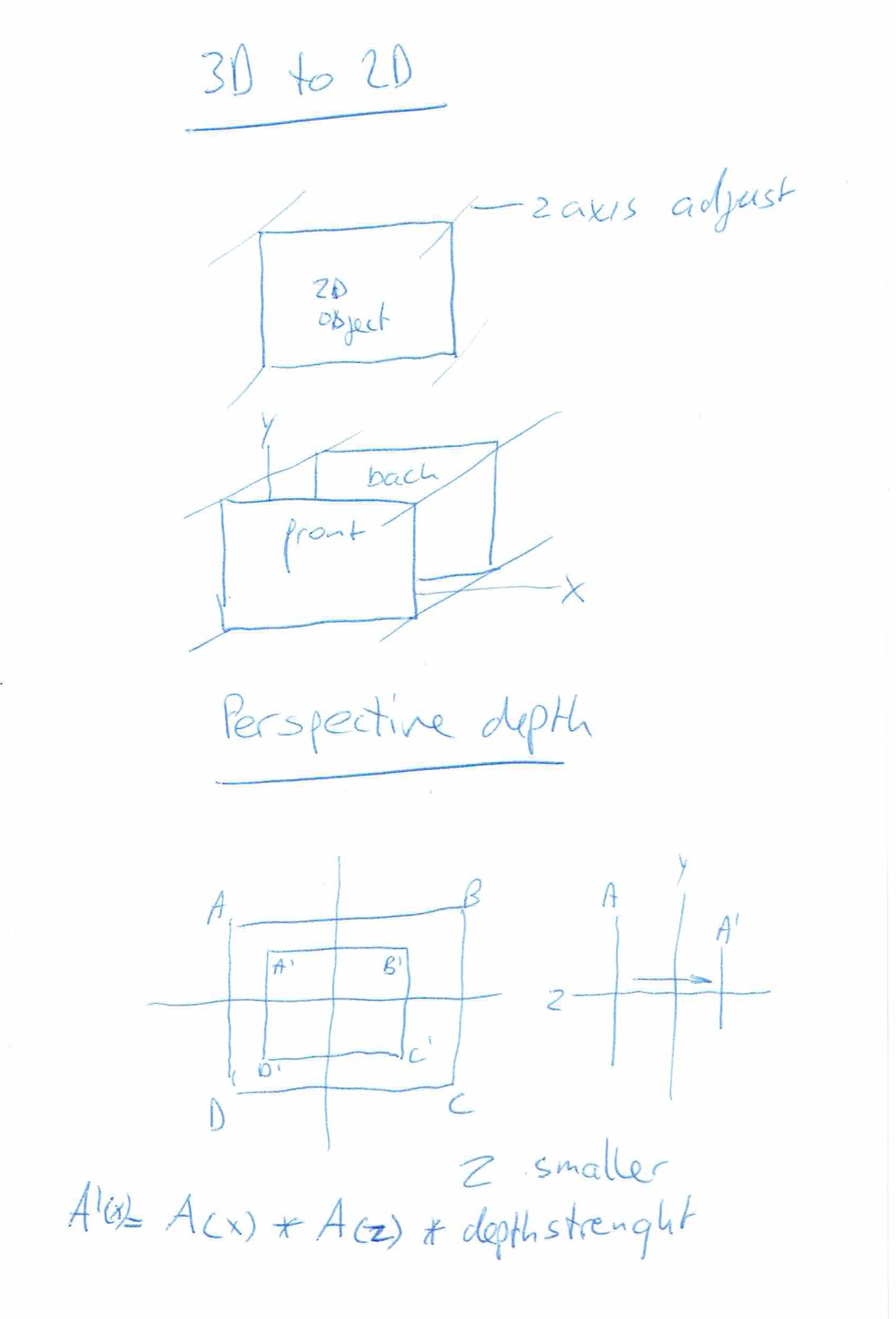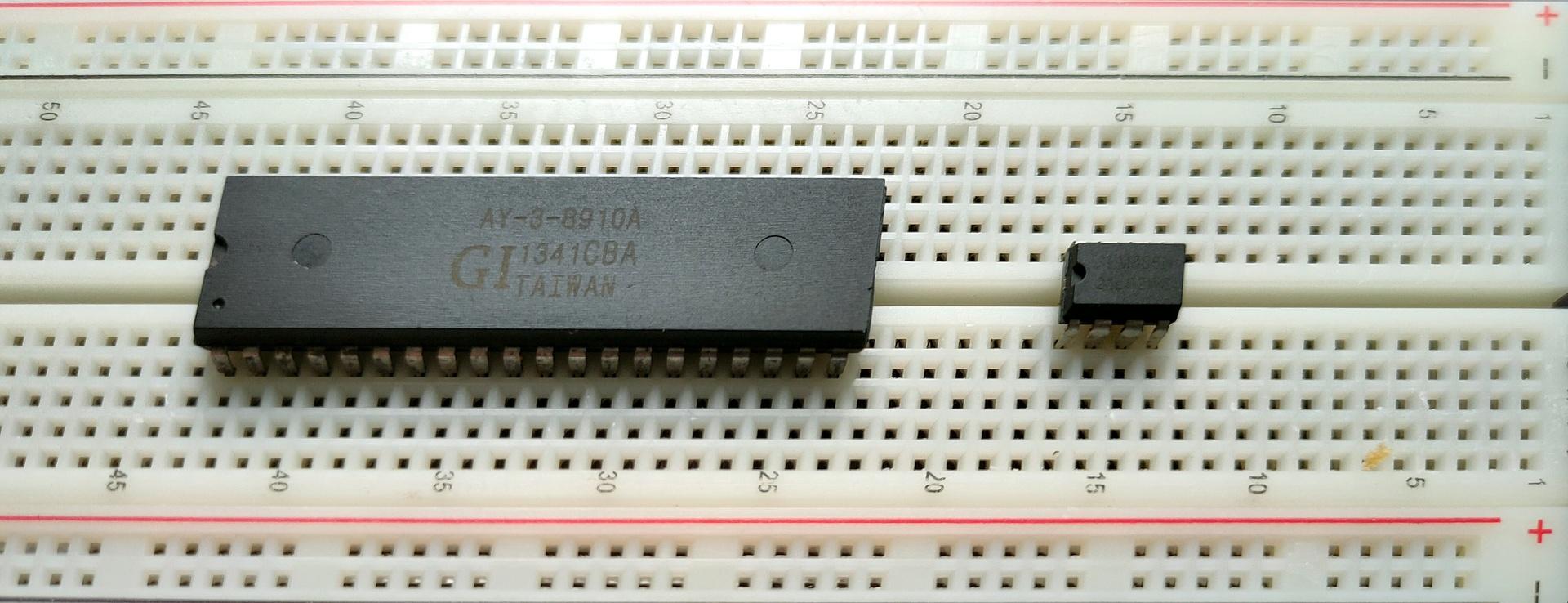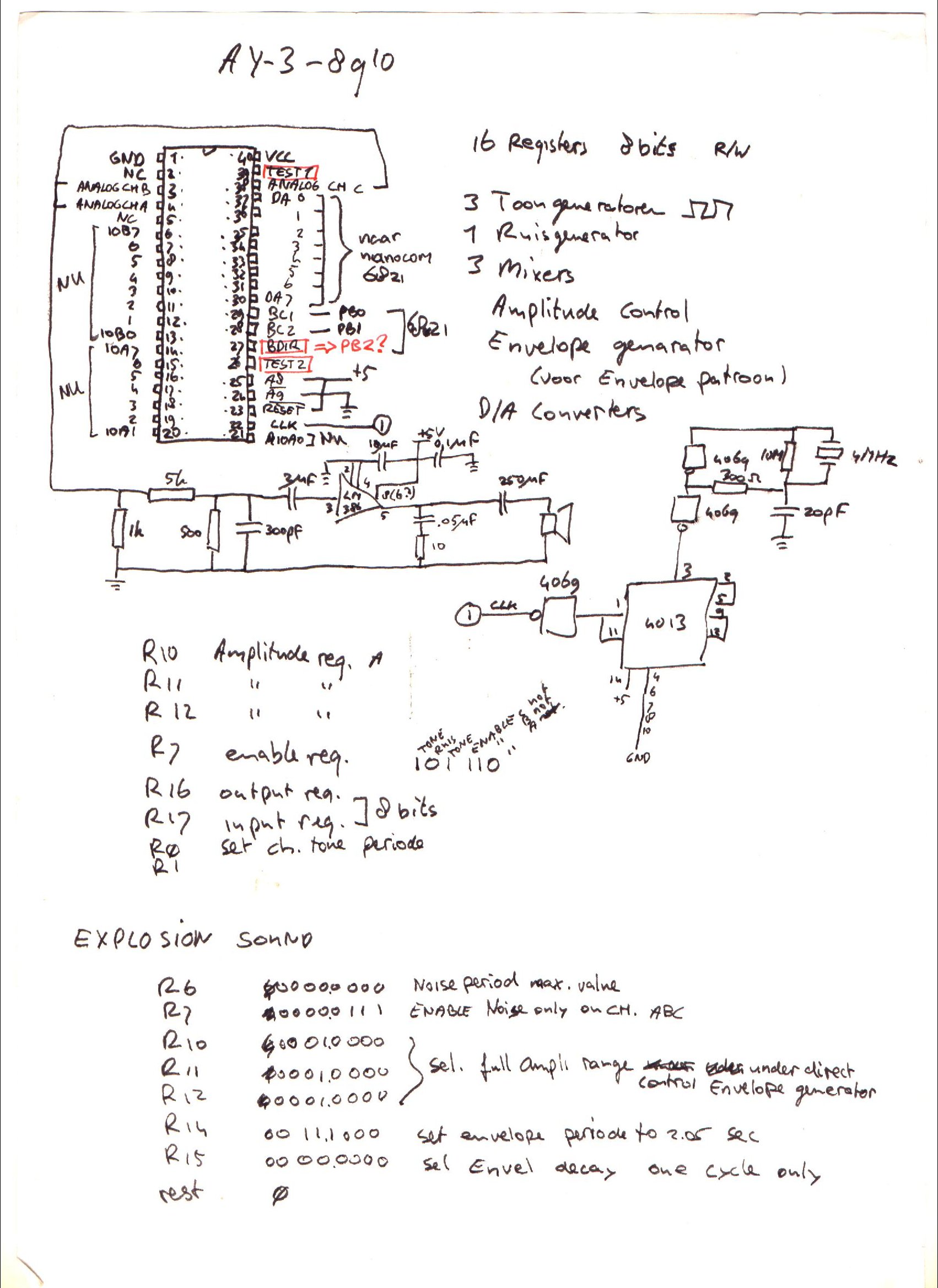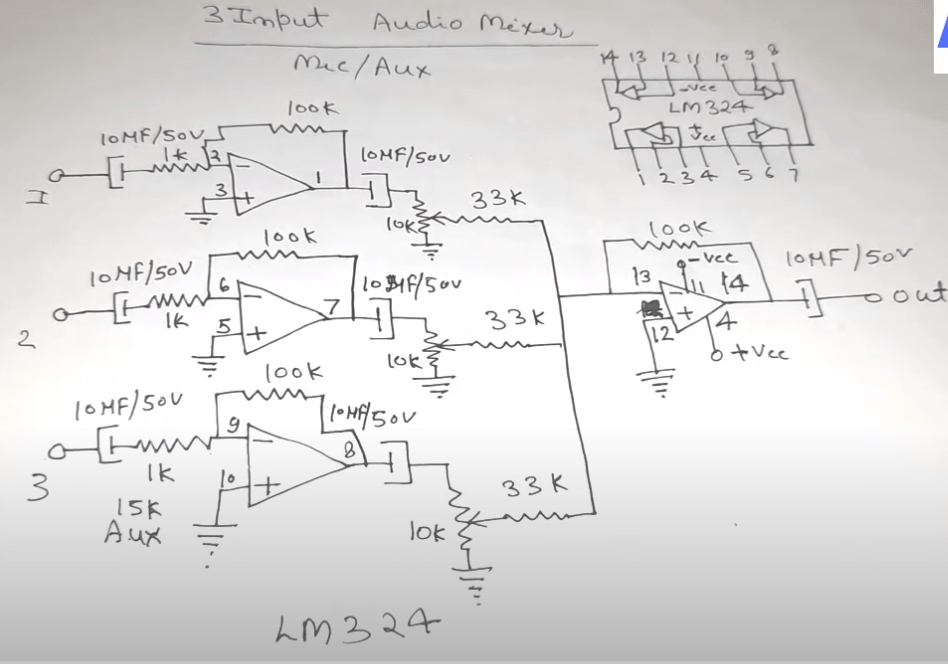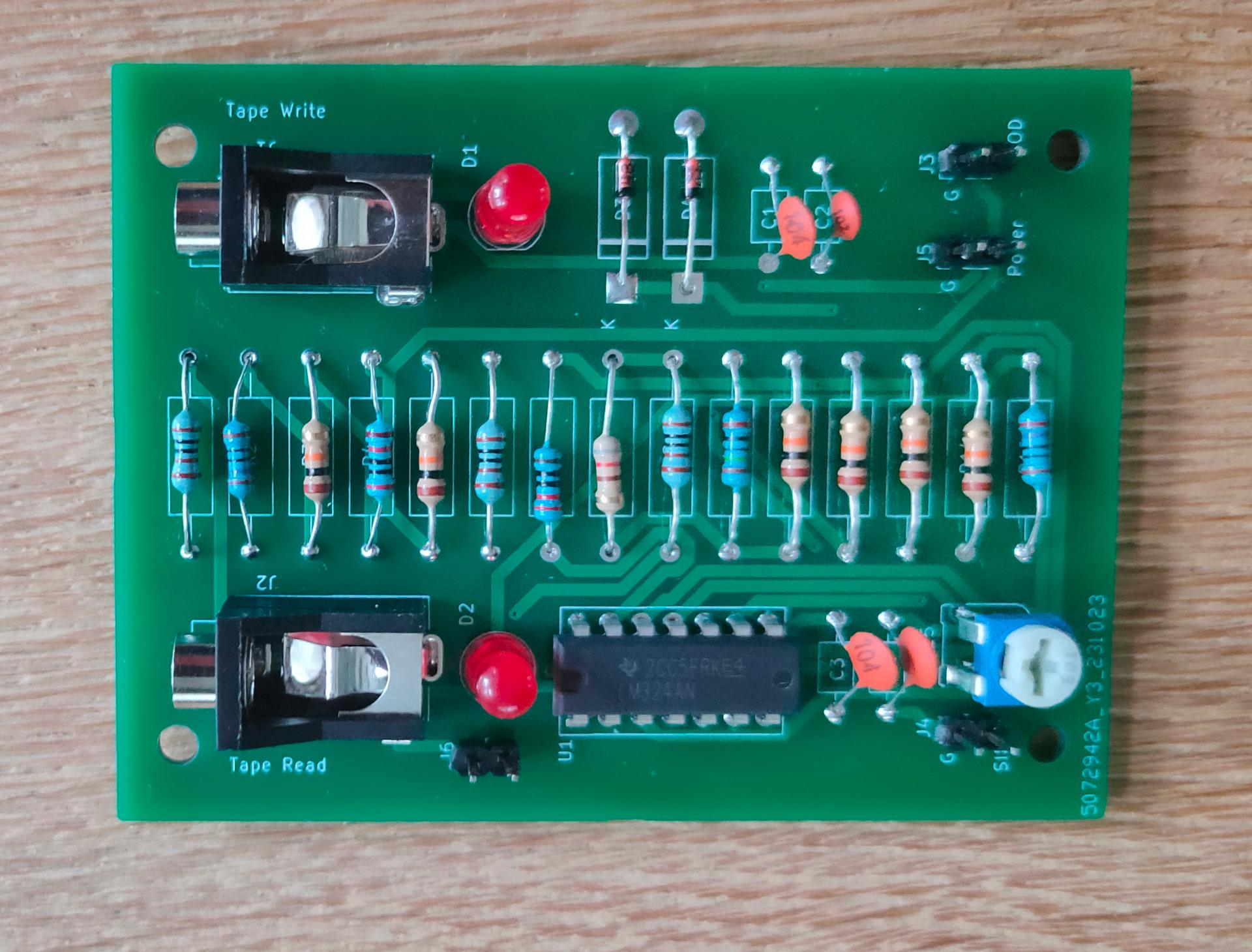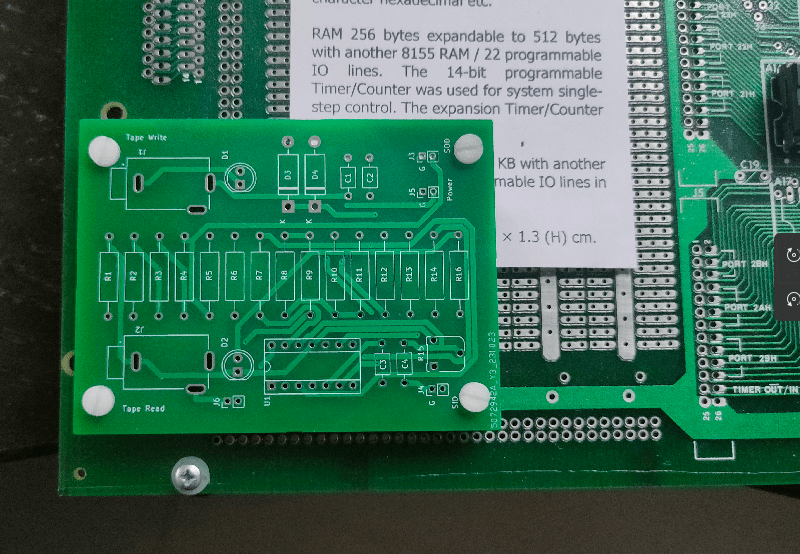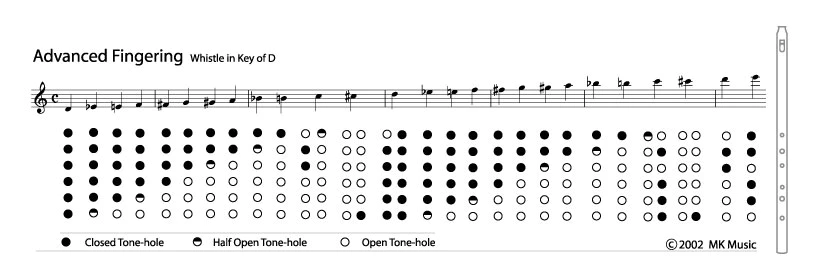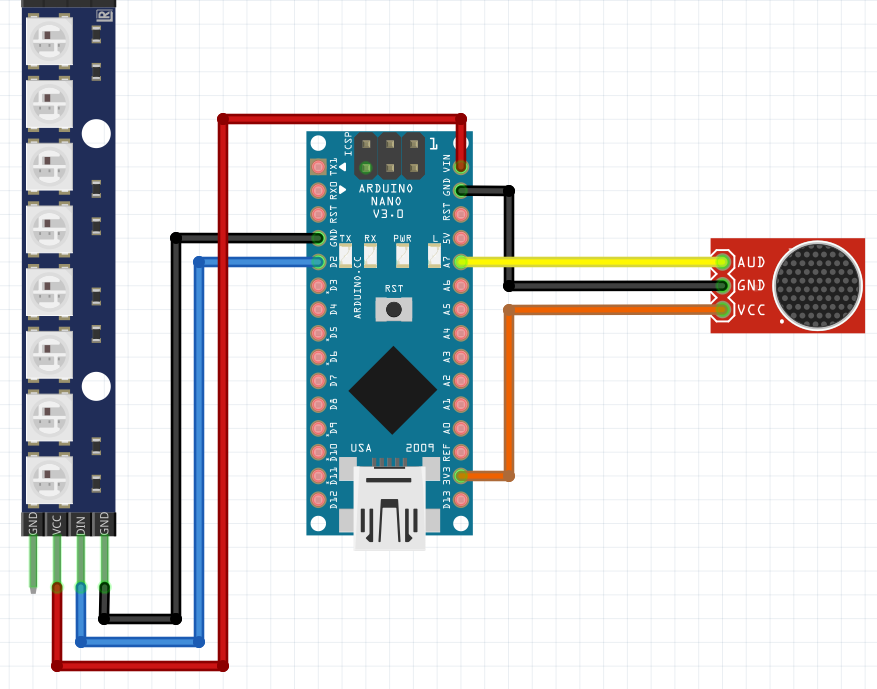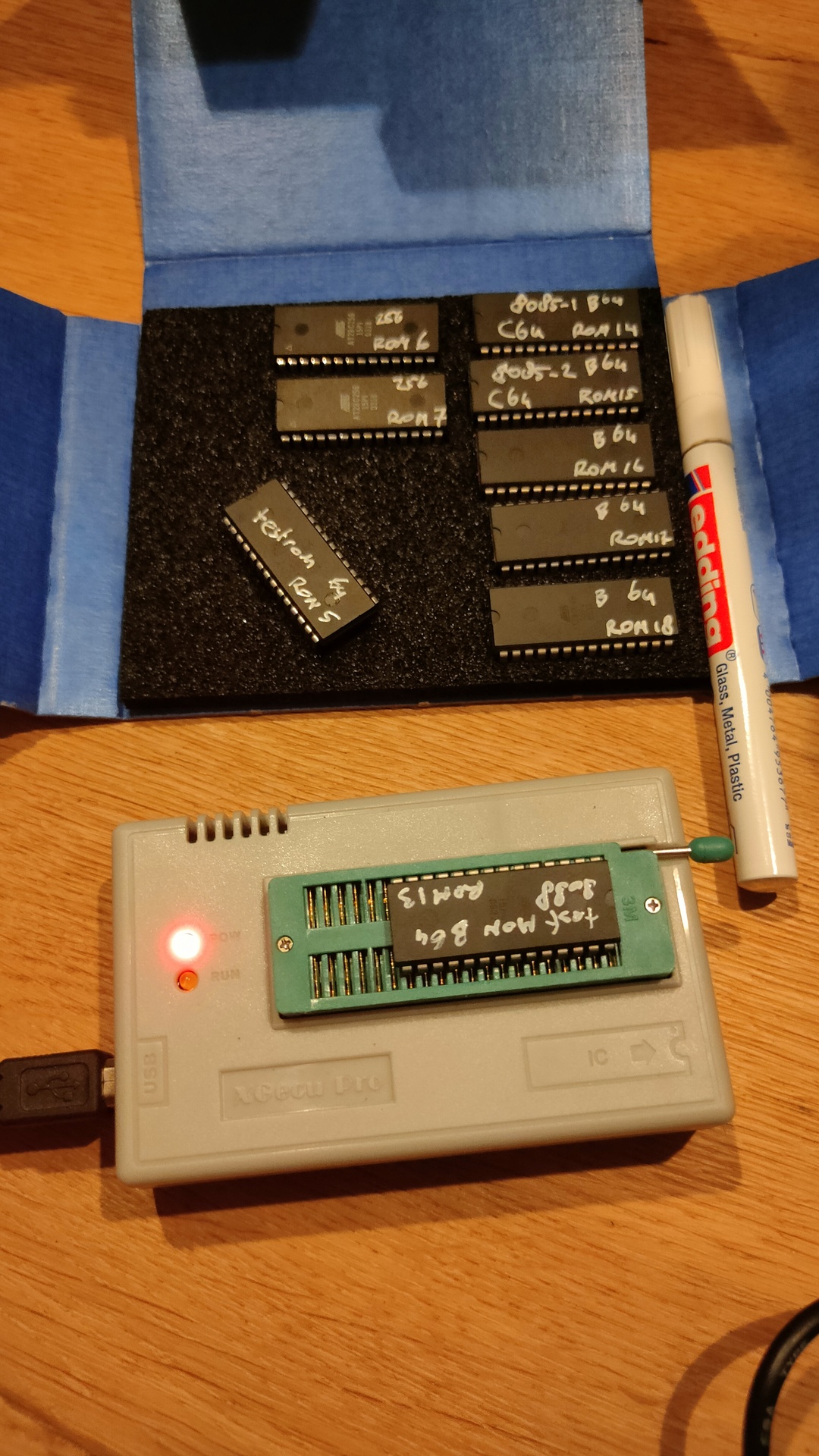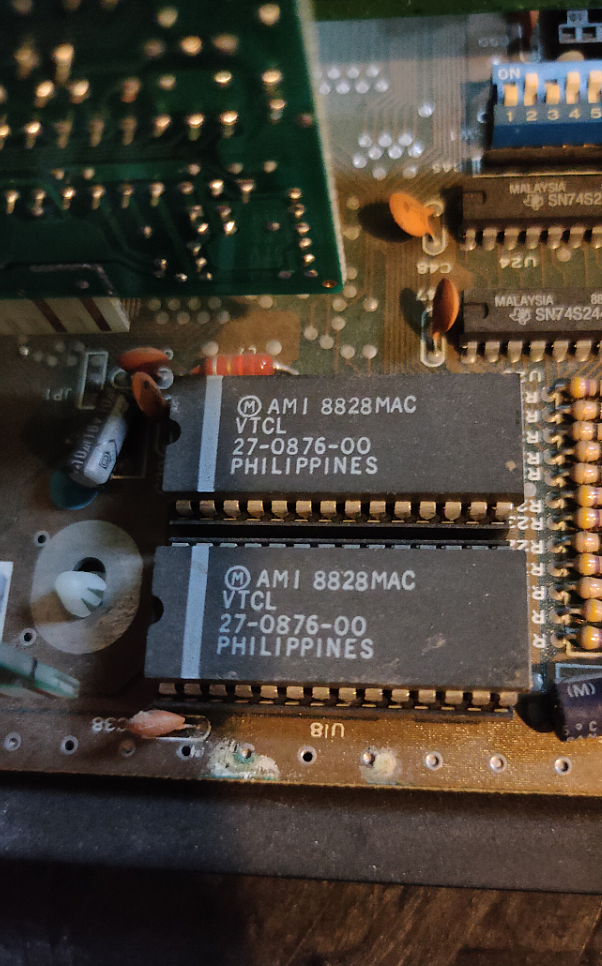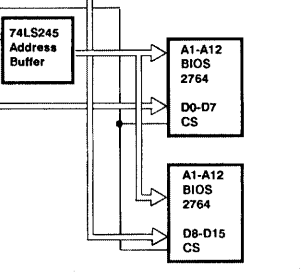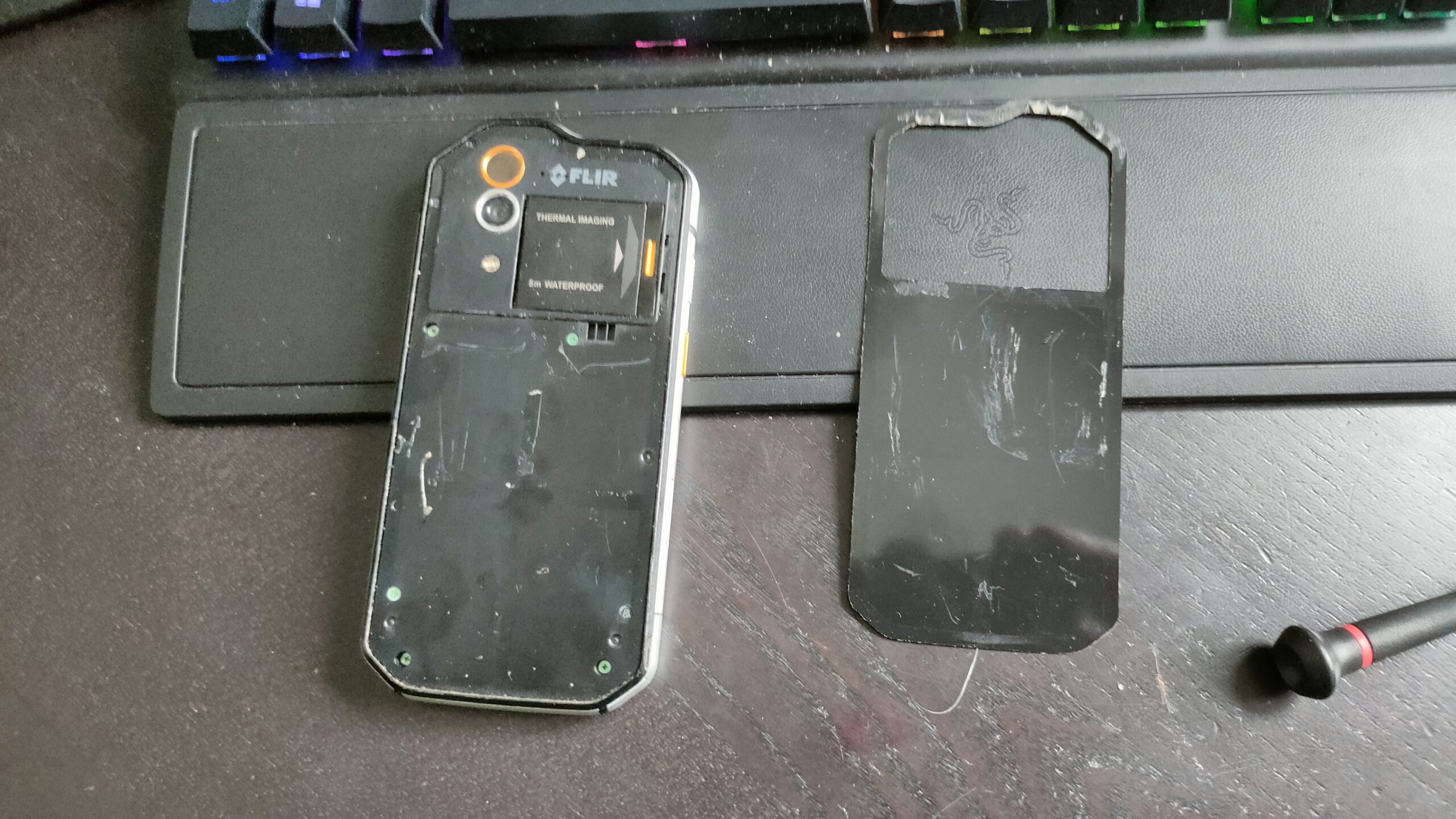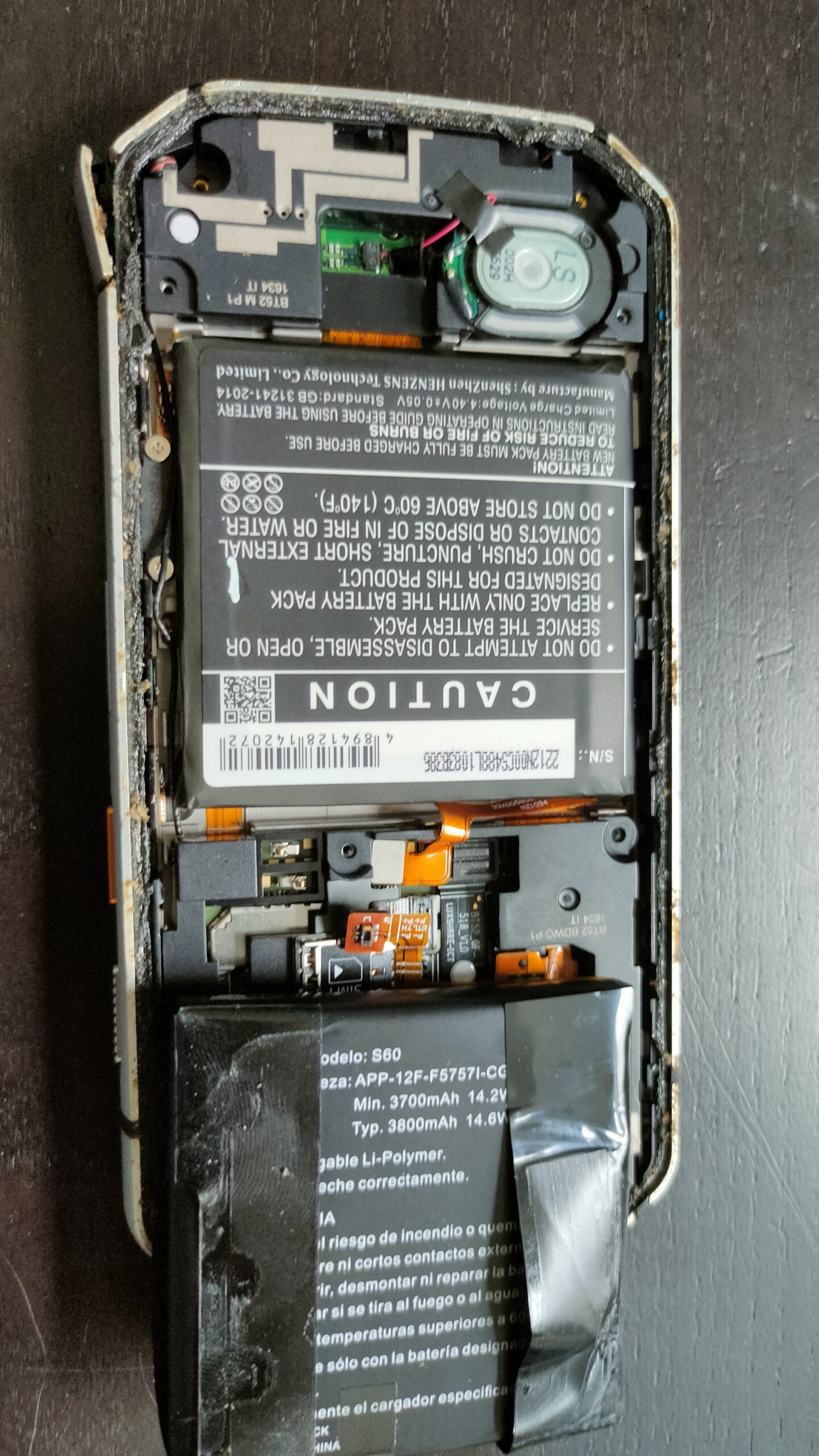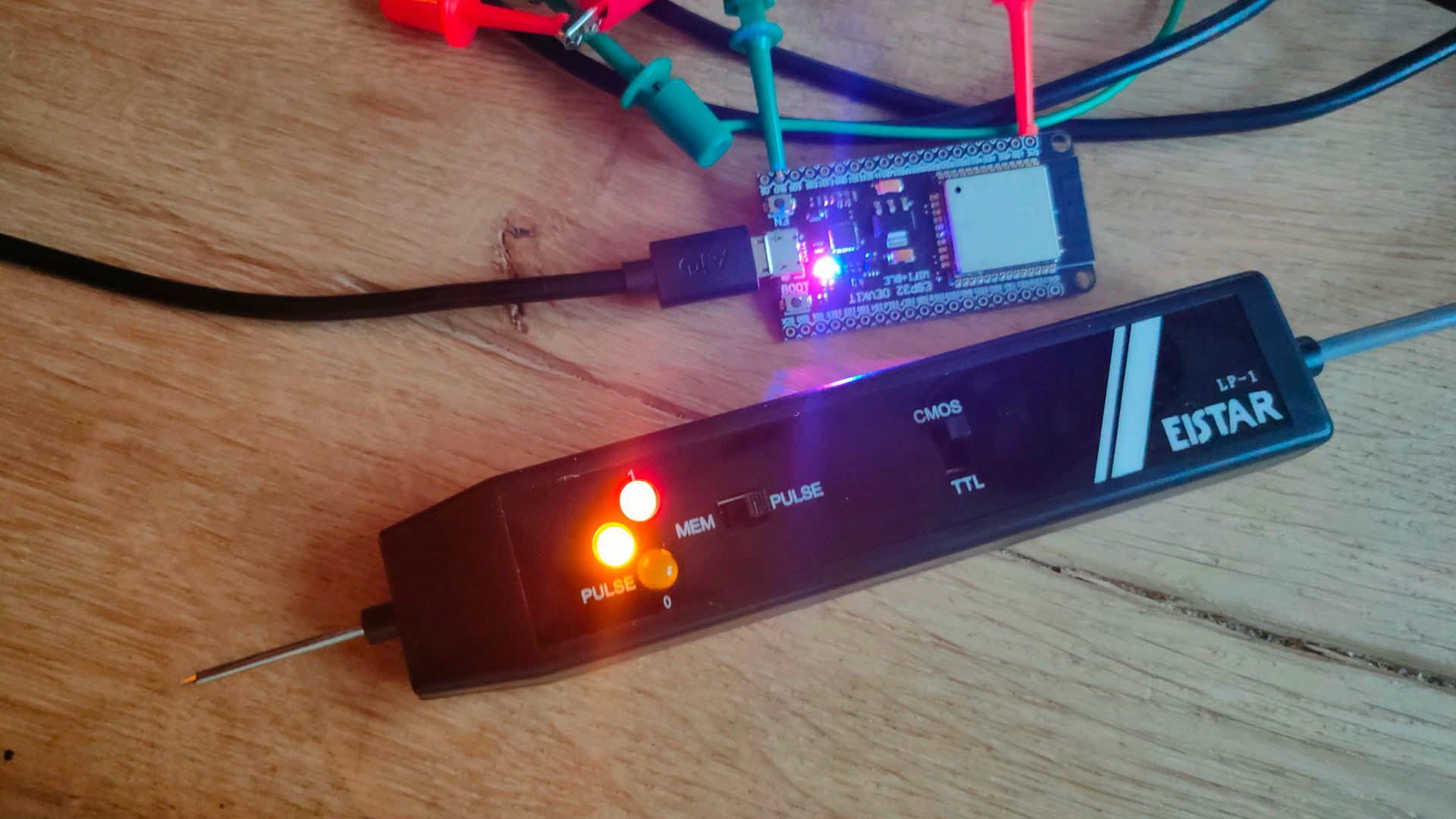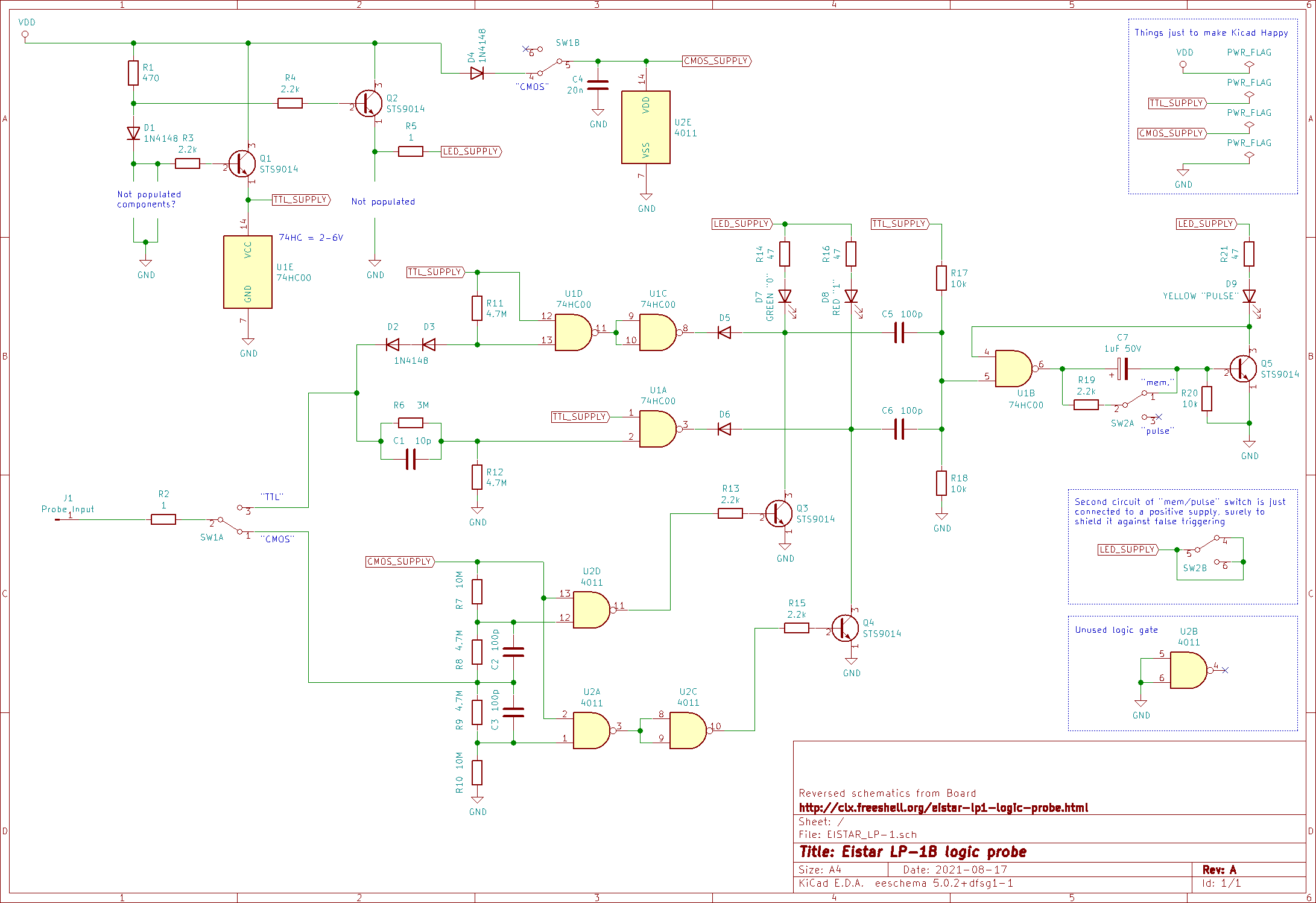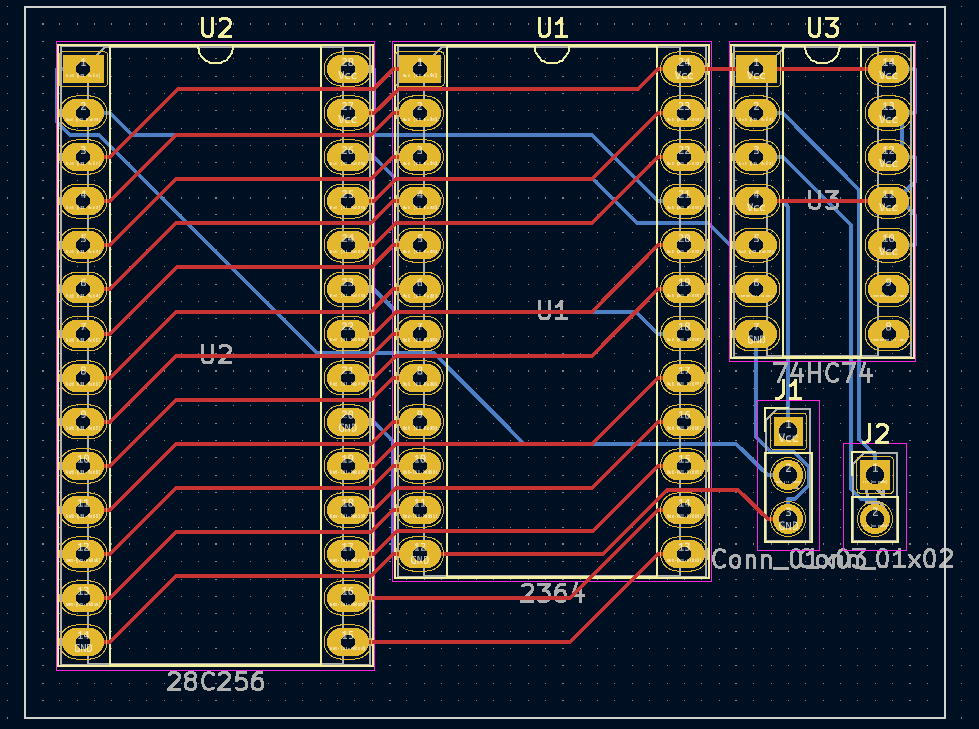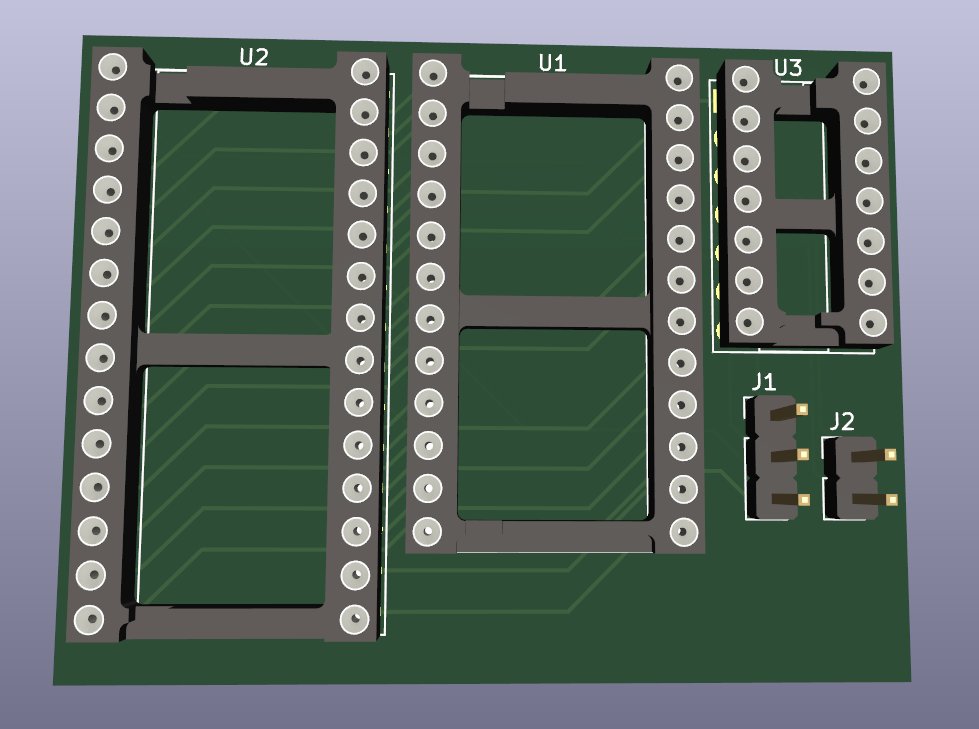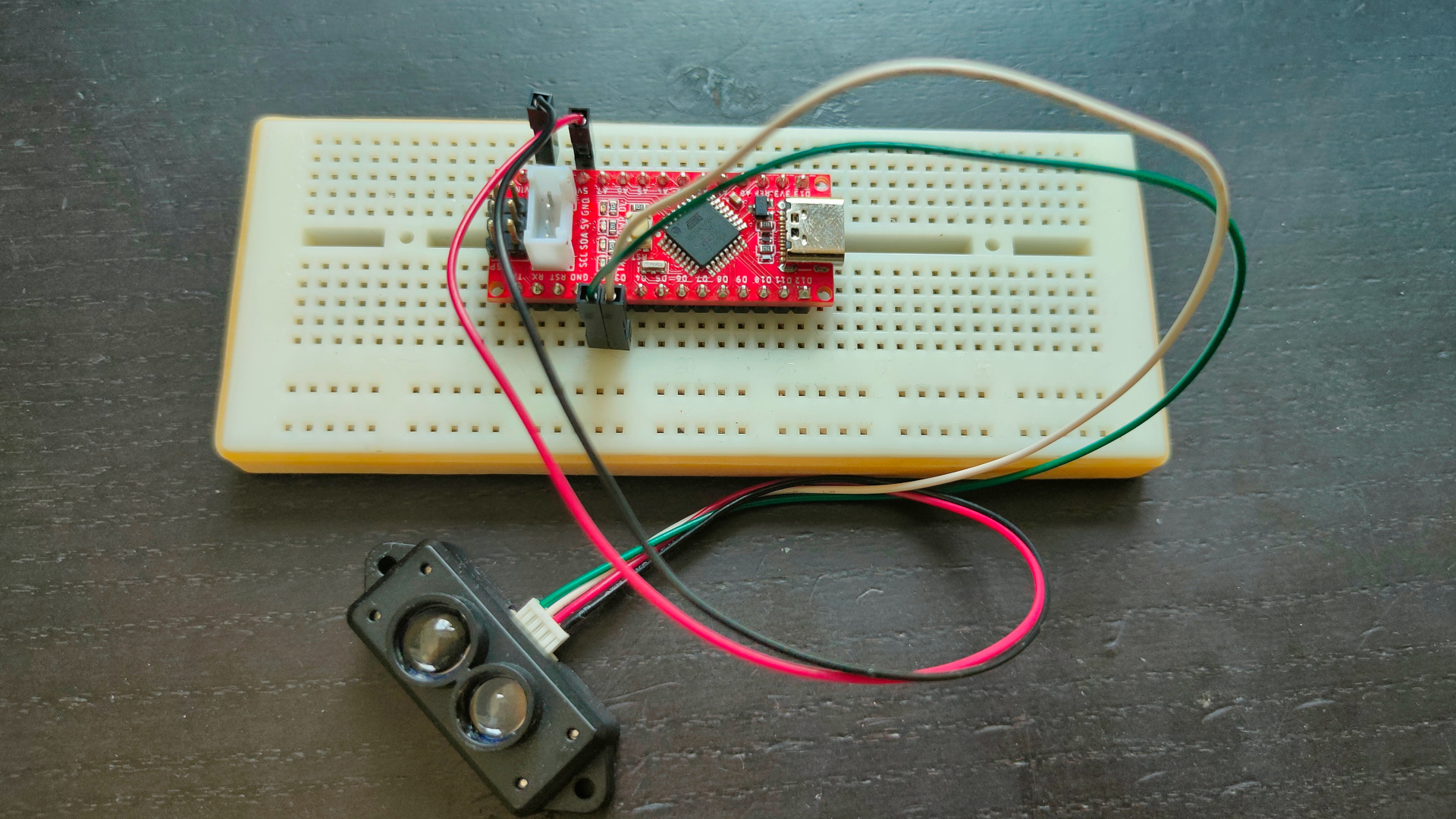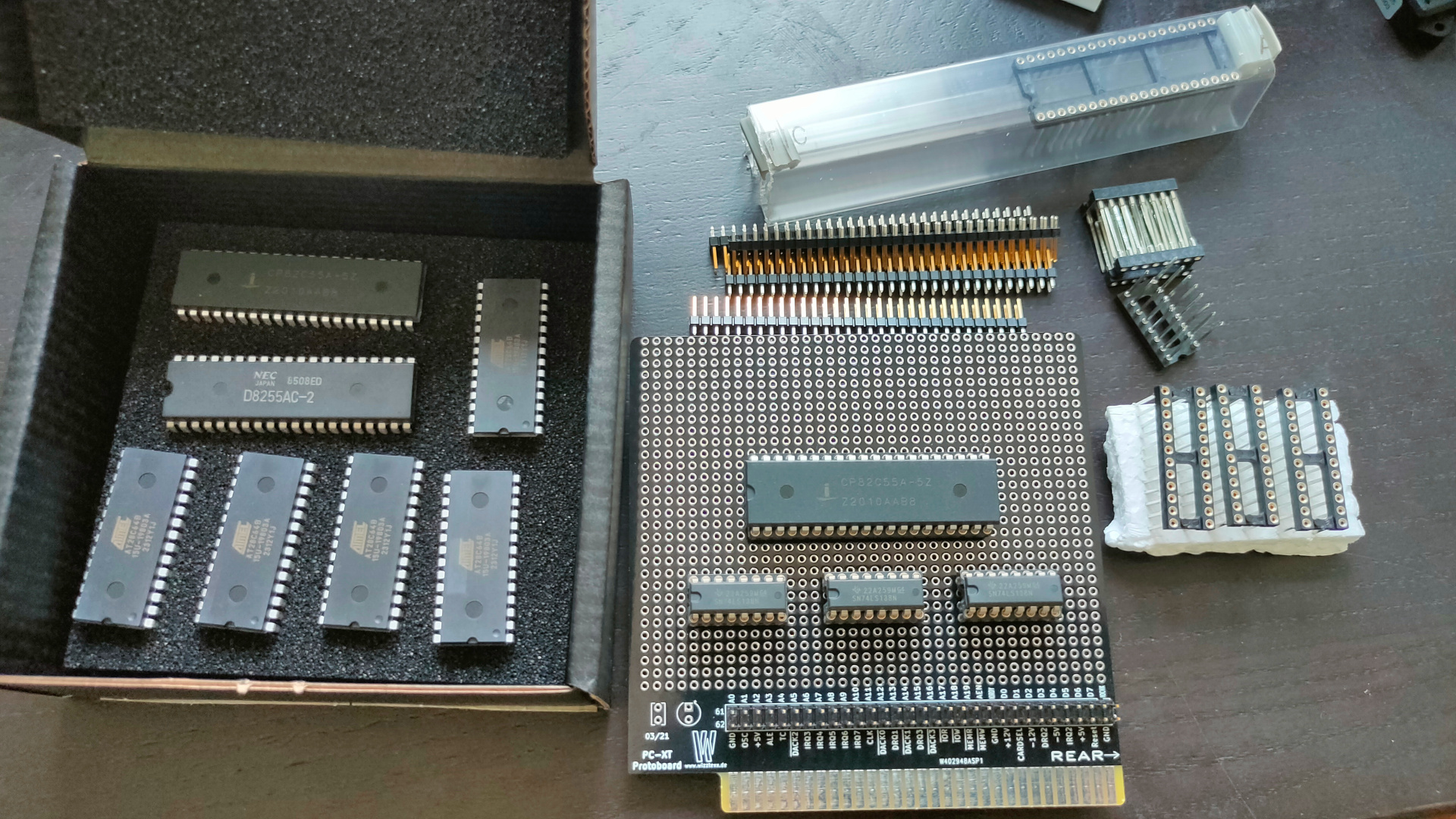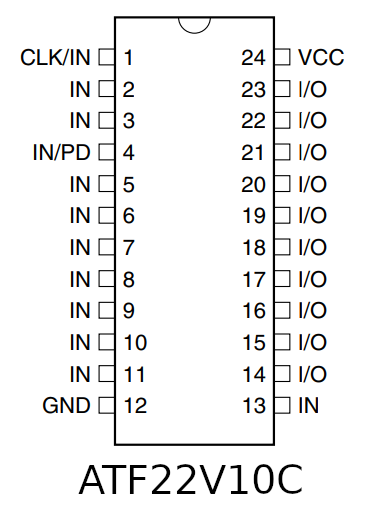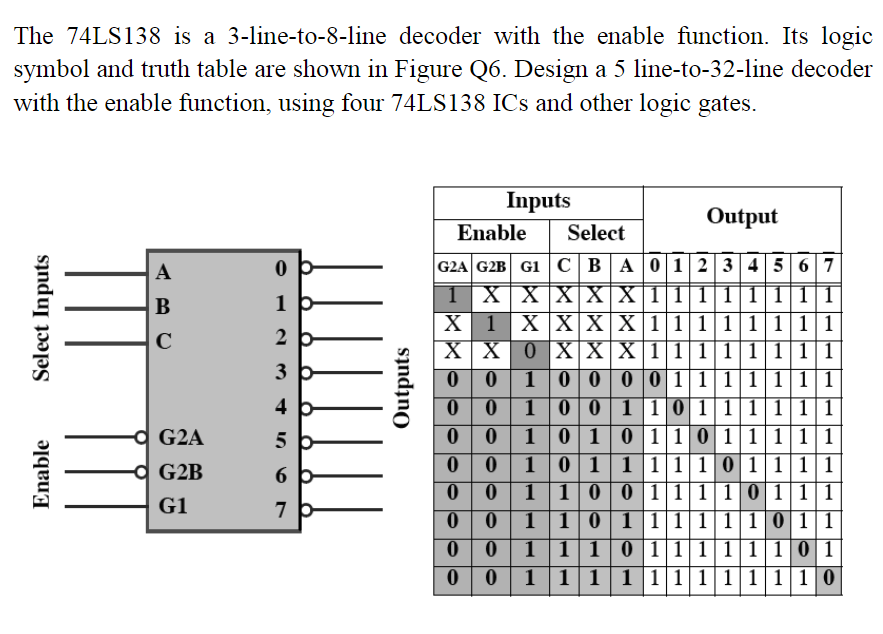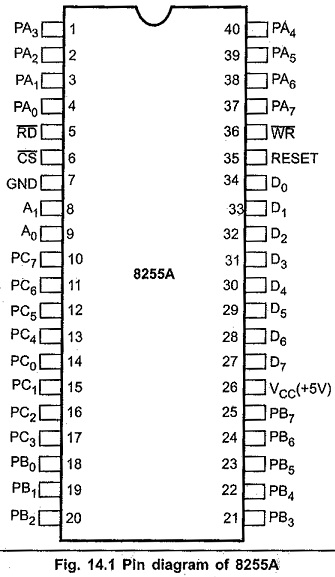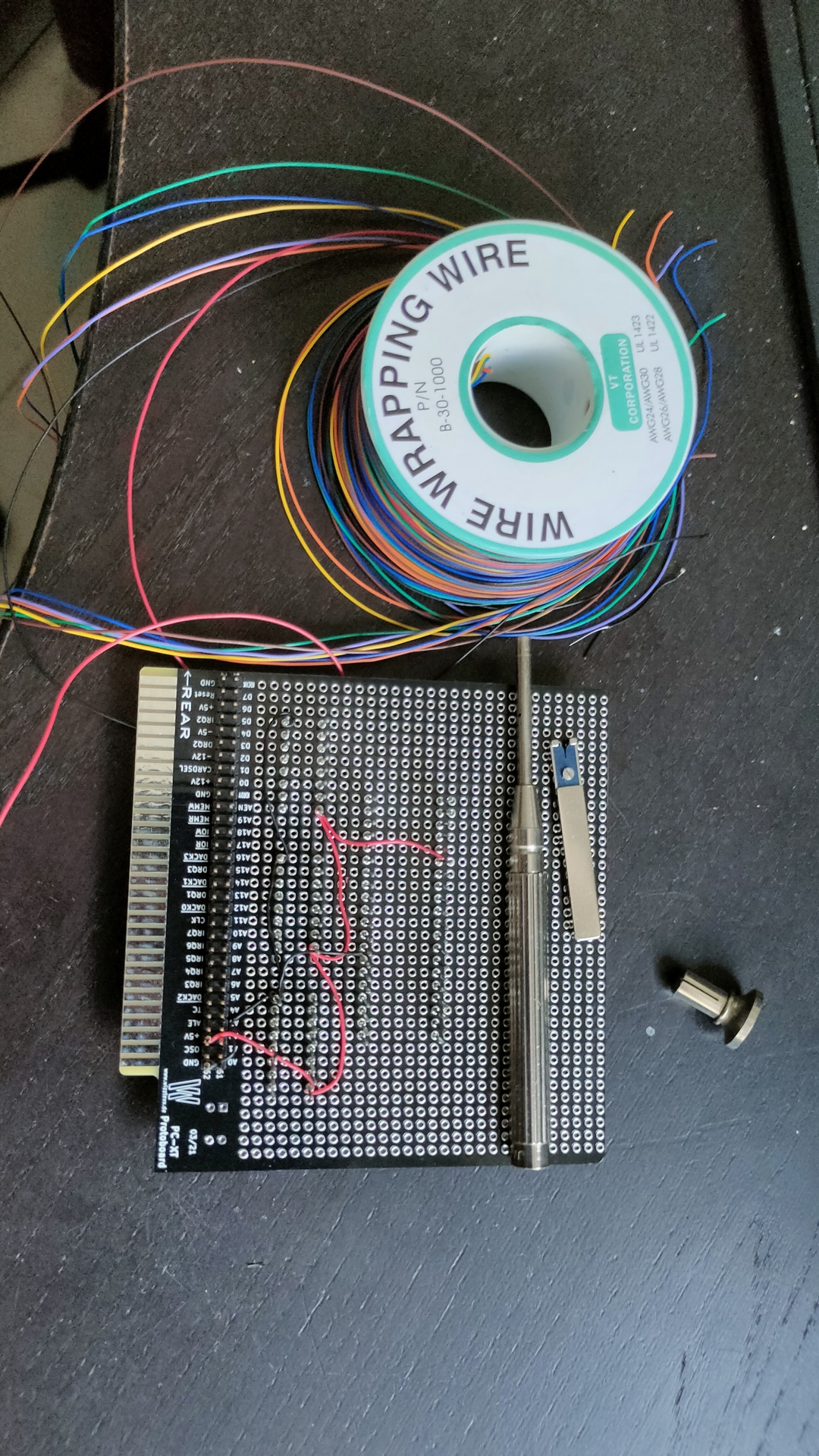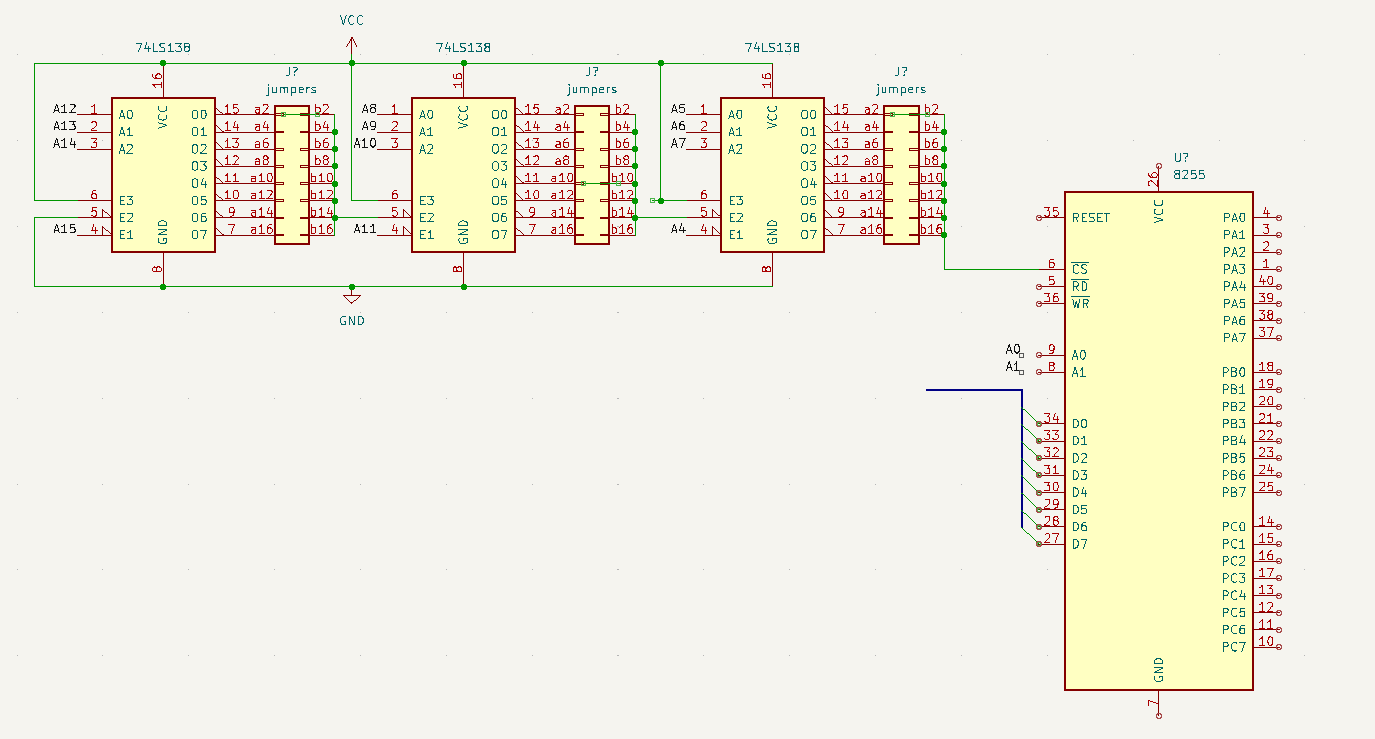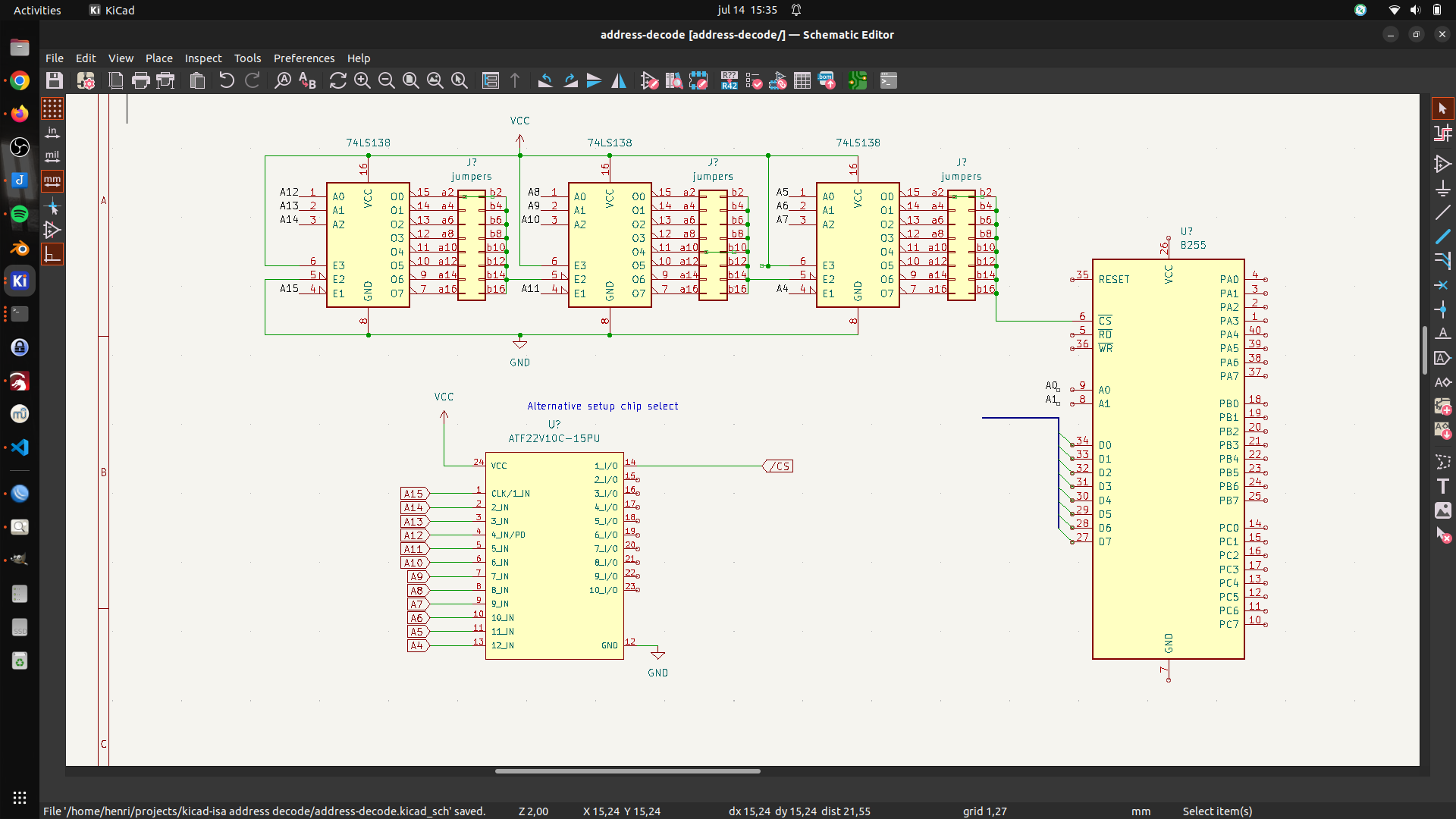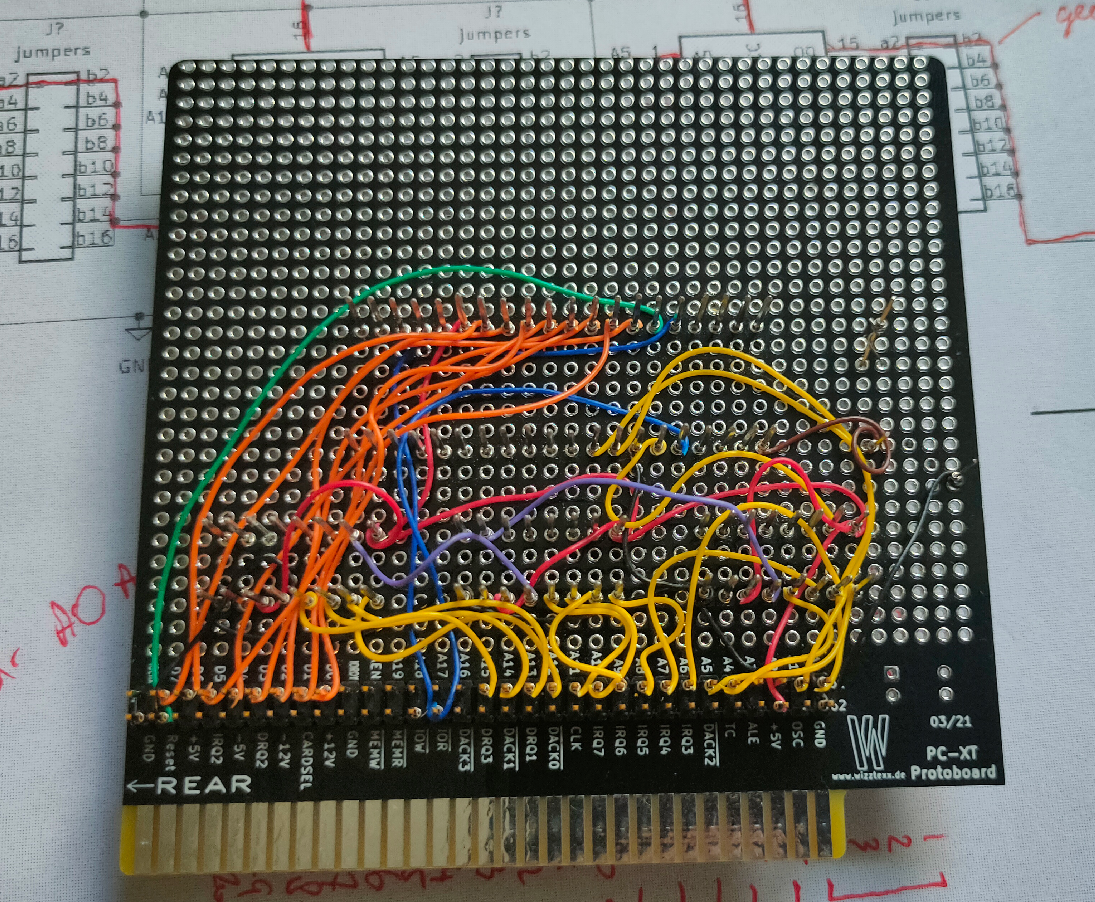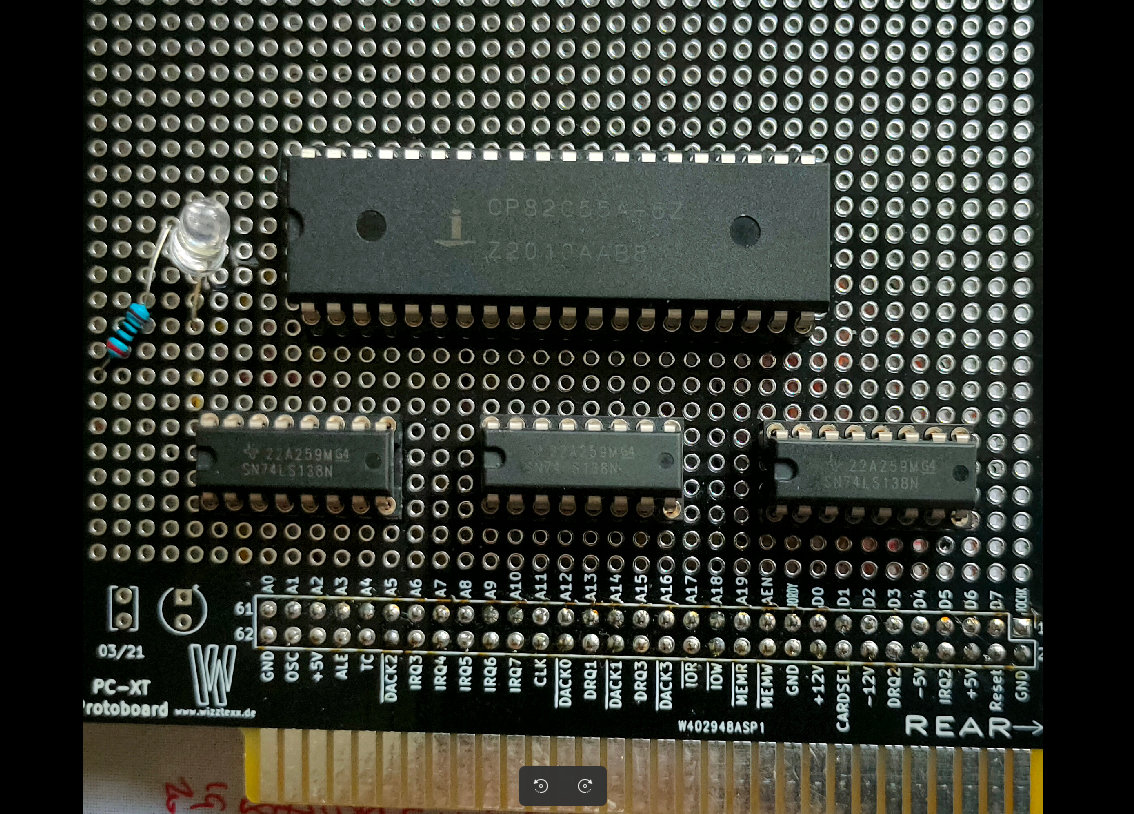Update: https://www.henriaanstoot.nl/2024/01/14/hlk-ld2410b-with-a-wemos-mini-d1-v4-connected-to-home-assistant-using-esphome/
Update: BBQ watch
Not posted in the past, new version using ESPHOME and a m5stickc
ESP32 dac’s drawing on oscilloscope ( no additional components)
For above i used sin/cos functions 2:3, which creates Lissajous figures.
See: https://www.henriaanstoot.nl/1992/01/01/oscilloscope-graphics-using-a-amiga-bonus-vectrex/
3 battery operated buttons (no wires needed) to control my shelly dimmer at the dinner table.
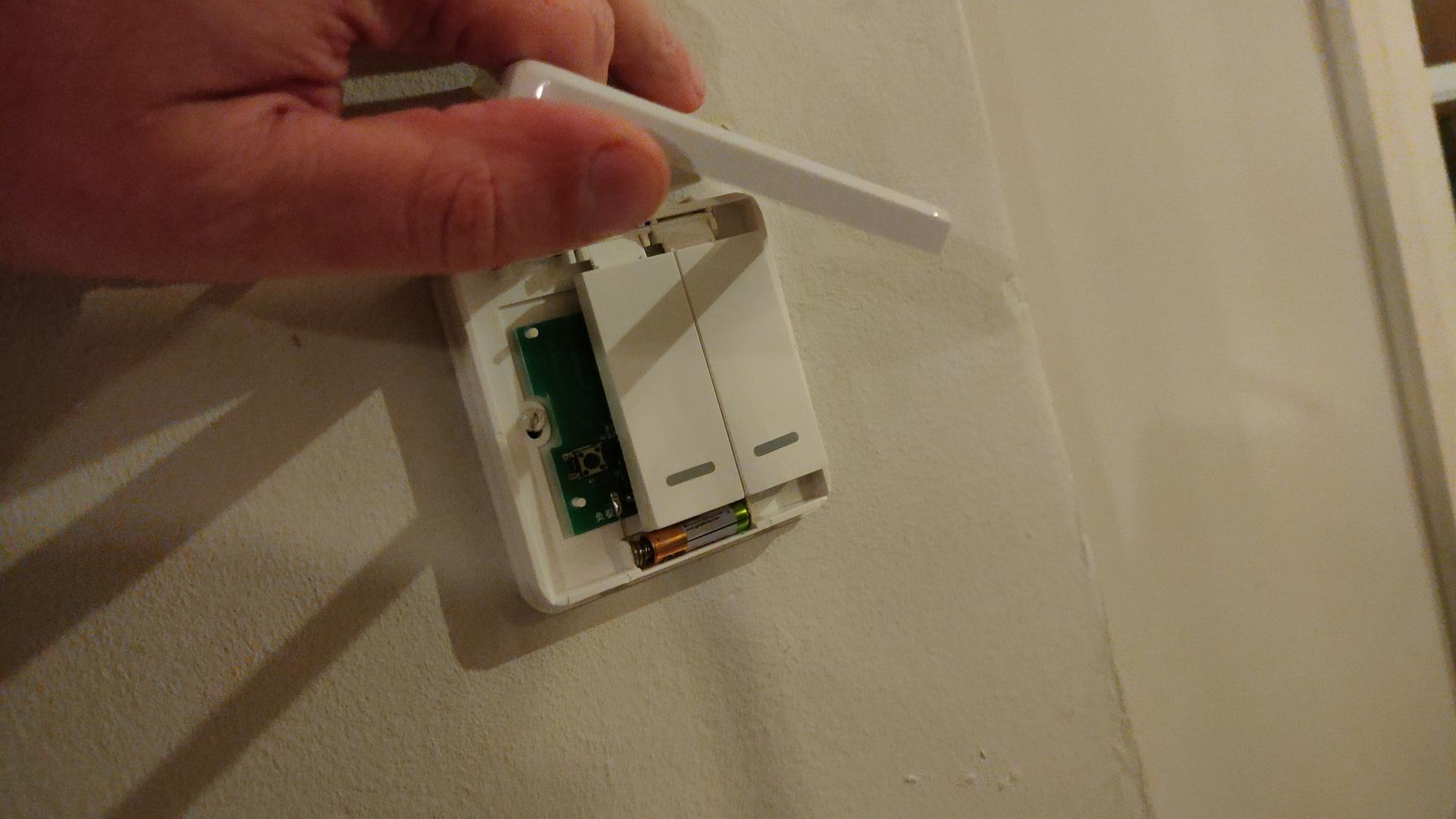
(This cheapass button only sends ON commands)


Node red code
[
{
"id": "8190a851.8d02b8",
"type": "mqtt in",
"z": "44d7a4fb.e41a5c",
"name": "domoticz-out",
"topic": "domoticz/out",
"qos": "0",
"broker": "8c74c5f6.9a7a48",
"inputs": 0,
"x": 190,
"y": 600,
"wires": [
[
"543a2fa3.af27c",
"c70d463.da52ab8",
"ffa2f6be.afe618"
]
]
},
{
"id": "543a2fa3.af27c",
"type": "function",
"z": "44d7a4fb.e41a5c",
"name": "Filter IDX + nvalue",
"func": "var varPayload = JSON.parse(msg.payload);\nvar varidx = varPayload.idx;\nvar varnvalue = varPayload.nvalue;\nif(varidx == 2473)\n{\nmsg.payload = {};\nmsg.payload.turn = \"on\";\nmsg.payload.brightness = 50;\nreturn msg;\n}",
"outputs": 1,
"noerr": 0,
"initialize": "",
"finalize": "",
"libs": [],
"x": 410,
"y": 600,
"wires": [
[
"d7b0f308db912817"
]
]
},
{
"id": "c70d463.da52ab8",
"type": "function",
"z": "44d7a4fb.e41a5c",
"name": "Filter IDX + nvalue",
"func": "var varPayload = JSON.parse(msg.payload);\nvar varidx = varPayload.idx;\nvar varnvalue = varPayload.nvalue;\nif(varidx == 2474)\n{\nmsg.payload = {};\nmsg.payload.turn = \"on\";\nvar count = context.get(\"counter\") || 0;\ncount = (count+1) % 6;\ncontext.set(\"counter\", count);\ncount = count * 20; \nmsg.payload.brightness = count;\nreturn msg;\n}",
"outputs": 1,
"noerr": 0,
"initialize": "",
"finalize": "",
"libs": [],
"x": 410,
"y": 680,
"wires": [
[
"d7b0f308db912817"
]
]
},
{
"id": "ffa2f6be.afe618",
"type": "function",
"z": "44d7a4fb.e41a5c",
"name": "Filter IDX + nvalue",
"func": "var varPayload = JSON.parse(msg.payload);\nvar varidx = varPayload.idx;\nvar varnvalue = varPayload.nvalue;\nif(varidx == 2475)\n{\nmsg.payload = {};\nmsg.payload.turn = \"off\";\n//msg.payload.brightness = 0;\nreturn msg;\n}",
"outputs": 1,
"noerr": 0,
"initialize": "",
"finalize": "",
"libs": [],
"x": 410,
"y": 760,
"wires": [
[
"d7b0f308db912817"
]
]
},
{
"id": "35f35737.b4f2c8",
"type": "comment",
"z": "44d7a4fb.e41a5c",
"name": "Living Dinner Table Shelly 2024",
"info": "",
"x": 250,
"y": 560,
"wires": []
},
{
"id": "b080c84e.2c3968",
"type": "comment",
"z": "44d7a4fb.e41a5c",
"name": "butt1 on / (butt2 off)",
"info": "",
"x": 510,
"y": 560,
"wires": []
},
{
"id": "ac892b87.1c7358",
"type": "comment",
"z": "44d7a4fb.e41a5c",
"name": "butt3 toggle",
"info": "",
"x": 390,
"y": 720,
"wires": []
},
{
"id": "b5bdbd65.c4e1c",
"type": "comment",
"z": "44d7a4fb.e41a5c",
"name": "butt 2 step dimmer",
"info": "",
"x": 410,
"y": 640,
"wires": []
},
{
"id": "d7b0f308db912817",
"type": "mqtt out",
"z": "44d7a4fb.e41a5c",
"name": "",
"topic": "shellies/shellydimmer-D0DF15/light/0/set",
"qos": "",
"retain": "",
"respTopic": "",
"contentType": "",
"userProps": "",
"correl": "",
"expiry": "",
"broker": "8c74c5f6.9a7a48",
"x": 860,
"y": 600,
"wires": []
},
{
"id": "8c74c5f6.9a7a48",
"type": "mqtt-broker",
"name": "MQTTSERVER",
"broker": "MQTTSERVER",
"port": "1883",
"clientid": "",
"usetls": false,
"compatmode": true,
"keepalive": "15",
"cleansession": true,
"birthTopic": "",
"birthQos": "0",
"birthPayload": "",
"closeTopic": "",
"closePayload": "",
"willTopic": "",
"willQos": "0",
"willPayload": ""
}
]
Vector graphics on my demo arduino nano.
